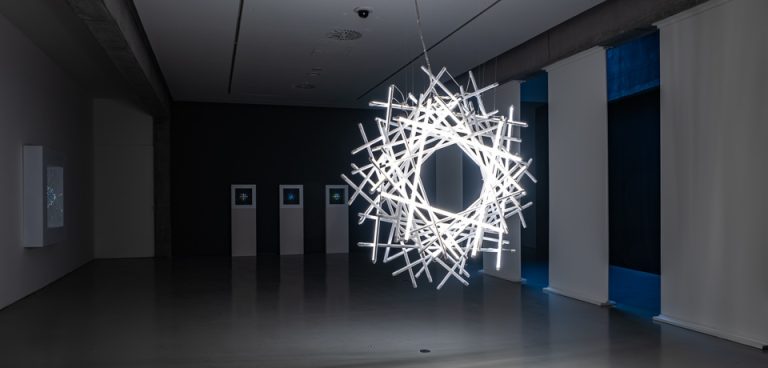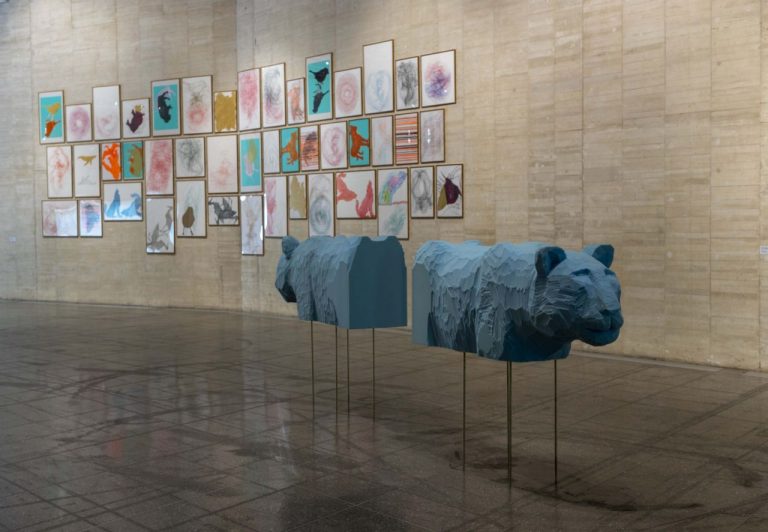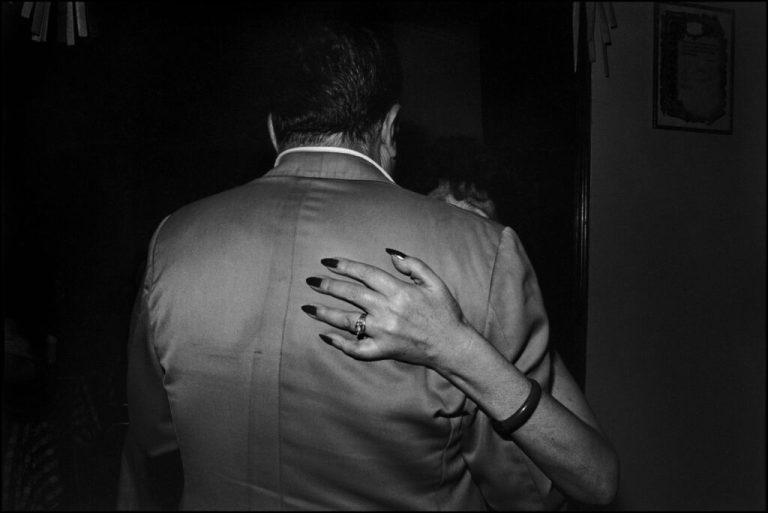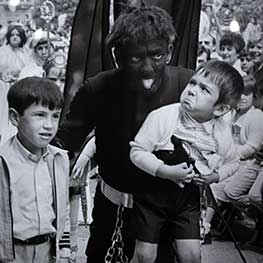Alicante,
Last year we commemorated the centenary of the birth in Onil (Alicante) of Eusebio Sempere, one of the fundamental figures of kinetic art in our country, who based his poetics on light and color and who cultivated a creation, in the words of the critic Aguilera Cerni, with multiple derivatives: It is an art that is at once concrete, poetic, logical and even urban planning.
Author of watercolors, gouaches, luminous reliefs, collages, paintings, mobiles, sculptures and interdisciplinary projects, he traveled to Paris twice and both represented a turning point in his career: the first, in 1948-1949 and with the support of the Union University Spanish, he worked on compositions that leaned towards the abstract without fully achieving the absence of recognizable figuration, under the influence of Mondrian, Matisse, Kandinsky or Braque, whom he visited in their workshops. At that time, in addition, he coincided in the French capital with Spanish authors such as Chillida and Palazuelo.
Not much later, in 1950 and after a period in Valencia where he did not receive the approval of critics, he returned to his French refuge. In that second Parisian phase, contact with Auguste Herbin, Josef Albers, Sonia Delaunay or the Cuban artist Loló Soldevilla led him to definitively distance himself from recognizable motifs, focusing on an abstraction that in his works would become increasingly purer and more deeply based. in geometry: he carried out synthetic drawings, structures with two or more superimposed planes, like lattices, and also linear compositions executed on paper or through collage, relief and oil paint. These works have been interpreted as an advance of the mobiles and other kinetic sculptures that he later, starting in the sixties, began to produce in metal.
He also participated in various editions of the Salon des réalités nouvelles, a space where, in 1955, he showed mobile luminous reliefs and a manifesto in which he made reference to light as an element with which to build a poetic dialogue through time. These pieces, clearly kinetic, were exhibited in the same year in which what is considered the inaugural exhibition of that movement took place: “Le mouvement”, at the Denise René Gallery.
Faced with the difficulties of life in Paris, and interested in the advance of the avant-garde in our country, he returned to Madrid at the beginning of 1960, at the height of our informalism. He joined the Parpalló Group, promoted by the aforementioned Aguilera Cerni to connect Valencian artistic creation with the international panorama, after the interruption caused by the Civil War, and joined, also with him, the First joint exhibition of Spanish normative art and then to the thirtieth Venice Biennale (1960) and the sixth São Paulo Biennale (1961). Two years later, in 1963, a grant from the Ford Foundation allowed him to travel through the United States, where he exhibited in 1964 and 1966 at the Bertha Schaefer Hall in New York, in addition to participating in collectives at the MoMA; At this time, Juana Mordó represented him in Spain and dedicated a retrospective to him in 1965. Fernando Zóbel also included him in the inauguration of the Museum of Spanish Abstract Art in Cuenca, in 1966.
In those years, both his sculptures and his paintings evolved towards the apogee of geometry, kineticism and optical art, according to a clearly identifiable style. His work processes were always meticulous and he elaborated line by line, following a personal and well-known rule of developing subtle and poetic surfaces, but at the same time forceful and rich, in which the interaction of line and color with the light will be vital; The Alicante author approached his sculptures as three-dimensional paintings.
The Museum of Contemporary Art of Alicante. In the coming months, MACA will delve deeper into the less widespread aspect of the artist's career through two exhibitions in which documentation has been given an important role: we will see unpublished testimonies related to his childhood and youth that will help the viewer to know more. of its beginnings. It is “Eusebio Sempere. Learning the profession of painter” and “Eusebio Sempere, Abel Martín. Screen printing: art and a lot of craft” and the Alicante City Council and the General Directorate of Cultural Heritage of the Generalitat Valenciana have participated in its organization, which is the first stage of collaboration.
It is worth remembering that this center is one of the most appropriate to delve into the figure of the author, given that the donation he made to the city of Alicante of his collection is the seed of the MACA funds; They are both small-format exhibitions that provide valuable information regarding the family, social, political or aesthetic context in which he moved and regarding the creative and friendly ties that he maintained with creators of his generation.
“Eusebio Sempere. Learning the trade of a painter” remembers how his artistic vocation was early: he attended night classes at the School of Arts and Crafts of Valencia before attending his School of Fine Arts of San Carlos, where he trained in modeling, drawing, anatomy, comic perspective and pictorial procedures, with good use judging by the works that have come down to us from those years, which however were for him, as he expressed, frustrating and anodyne, among other reasons for offering himself to Sorolla as a unique model to follow.
He learned from Alfons Roig, who taught him Liturgy and Christian culture, some foundations of modern art, and Ernest Furió, who taught intaglio engraving, the etching technique and drypoint; In his first graphic work it is already possible to appreciate well-crafted volumes and lights and shadows handled with ease.
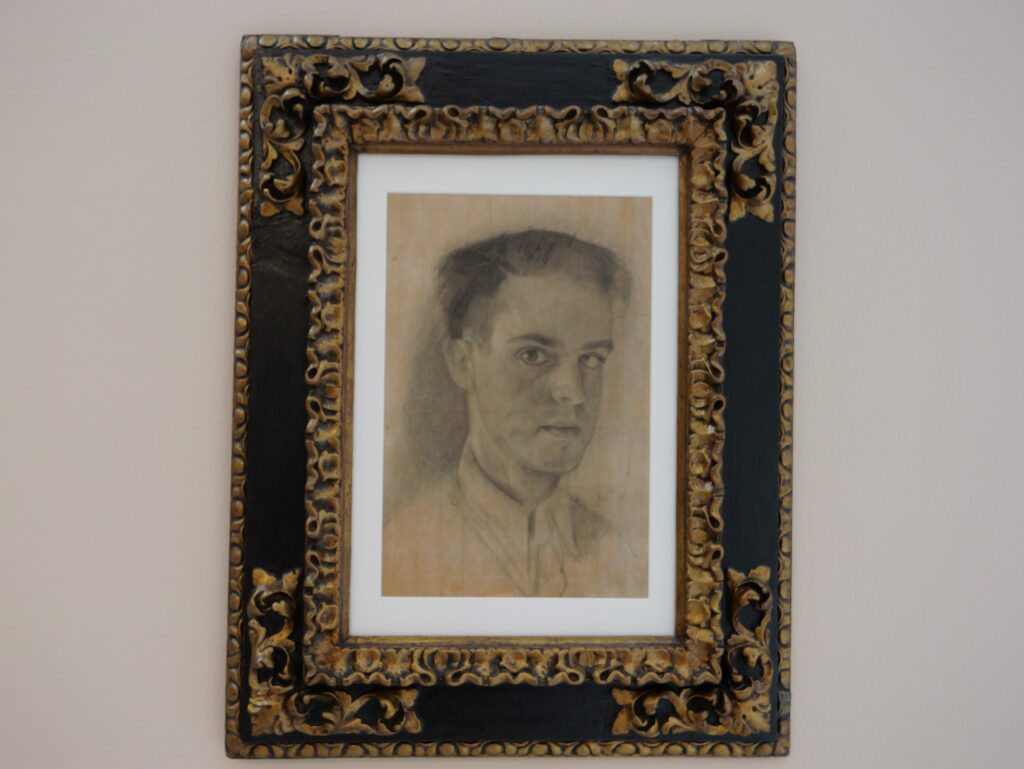
As for “Eusebio Sempere and Abel Martín. Screen printing: art and a lot of craftsmanship”, takes us to Paris, where both authors trained in this screen printing technique together with the Cuban Wifredo Arcay. Upon their return to Spain, they opened a workshop from which to disseminate these procedures, both convinced that multiple pieces deserved no less critical consideration with respect to the original works and that they could facilitate the dissemination of art among the general public. The one from Onil carried out two hundred serigraphs that Martin would print and which were structured in series, being published in folders or loosely and, in some cases, accompanied by literary texts.
We will see the original series at MACA Oval, dated 1981 and made by Sempere for educational purposes in 1981, in addition to two other sets of serigraphs dated in the second half of the seventies, a charcoal portrait of Abel Martín executed by Sempere himself in 1973 and a mobile of the man from Teruel. He has also brought together this Alicante center an original screen used to print some engraving of this type among those that make up the publication Pikewith reproductions of works by Lucio Muñoz by these artists, postcards that they exchanged with other creators or photographs that were taken of them at the Budd Studio in New York.
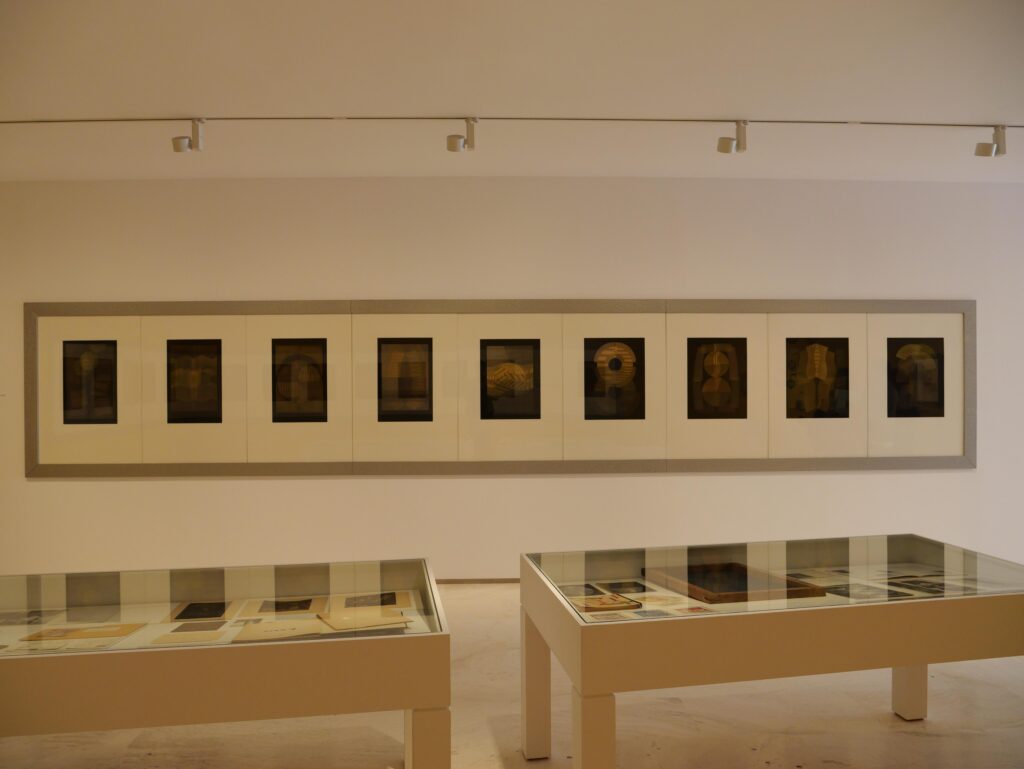
“Eusebio Sempere and Abel Martín. Screen printing: art and a lot of craft”
“Eusebio Sempere. Learn the profession of painter
BRUISE. MUSEUM OF CONTEMPORARY ART OF ALICANTE
Plaza de Santa María, 3
Alicante
From March 4 to autumn 2024

